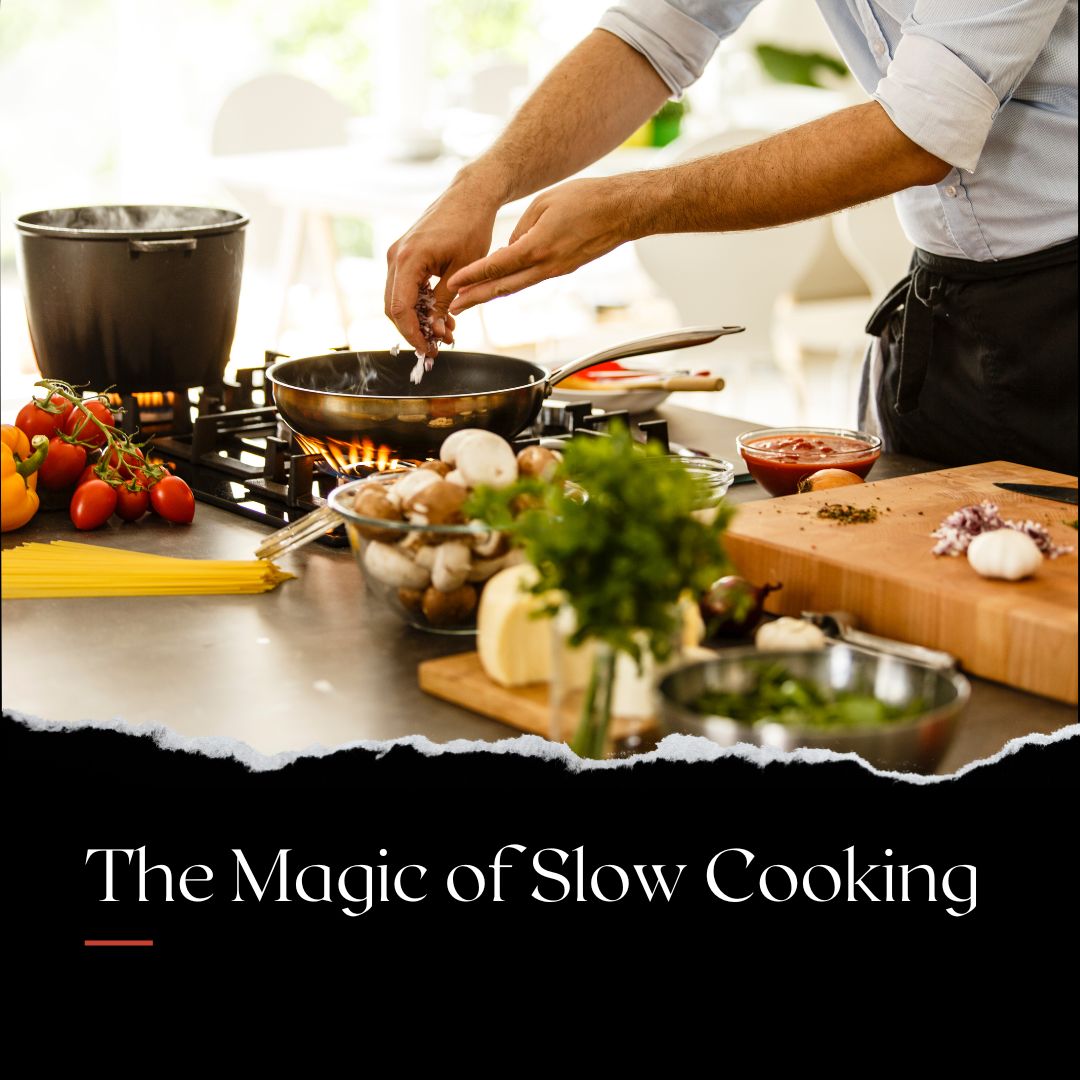
The Magic of Slow Cooking: Flavorful Meat Dishes for Chilly Nights
The Magic of Slow Cooking: Flavorful Meat Dishes for Chilly Nights
As the temperatures drop and the nights grow longer, there's nothing quite as comforting as a hearty, flavorful meal to warm the soul. Enter the magic of slow cooking. This age-old culinary technique not only tenderizes tougher cuts of meat but also infuses them with deep, rich flavors that are perfect for chilly nights. In this article, we'll explore how meat is cooked through slow cooking, the importance of using fresh meat, and the science behind why meat turns brown during the cooking process.
How Meat is Cooked: The Slow Cooking Method
At its core, cooking meat involves breaking down its protein fibers and connective tissues to make it more tender and flavorful. Traditional methods like grilling, frying, or baking achieve this by applying high heat over a short period. However, slow cooking takes a different approach.
Slow cooking involves cooking meat at a low temperature for an extended period, often several hours. This gentle, prolonged heat allows the meat's natural juices and flavors to meld together, resulting in dishes that are succulent and rich in taste. Moreover, the slow cooking process breaks down collagen, a tough protein in meat, into gelatin, which gives slow-cooked dishes their characteristic melt-in-your-mouth texture.
The Importance of Fresh Meat
When it comes to slow cooking, the quality of the meat you use can make a significant difference in the final dish. Fresh meat, as opposed to frozen or aged cuts, contains more moisture and natural flavors, which are essential for achieving the best results in slow-cooked dishes.
Fresh meat also tends to have a firmer texture, allowing it to hold its shape better during the long cooking process. Additionally, fresh meat is less likely to develop off-flavors or spoilage, ensuring that your slow-cooked meals are not only delicious but also safe to consume.
When Meat Turns Brown: The Science Behind It
One common observation when cooking meat, especially through slow cooking, is the change in its color. Fresh meat typically has a bright red or pink hue due to the presence of a protein called myoglobin, which binds with oxygen and gives meat its characteristic color.
However, as meat is cooked, myoglobin undergoes chemical changes. When exposed to heat, myoglobin denatures and loses its ability to bind with oxygen, causing the meat to turn brown. This color change is perfectly normal and indicates that the meat is cooking and developing flavor.
Moreover, the browning of meat, known as the Maillard reaction, is a crucial step in creating the rich, complex flavors associated with slow-cooked dishes. This reaction occurs when the amino acids and sugars in the meat react at high temperatures, resulting in the formation of new flavor compounds that enhance the overall taste of the dish.
Flavorful Meat Dishes for Chilly Nights
Armed with the knowledge of how meat is cooked through slow cooking and the importance of using fresh meat, you're ready to create flavorful dishes that will warm your heart and soul on chilly nights. Whether it's a classic beef stew, tender pulled pork, or savory lamb shanks, slow cooking allows you to transform humble cuts of meat into culinary masterpieces bursting with flavor.
So, the next time you're craving a comforting meal, embrace the magic of slow cooking. With a bit of patience and the right ingredients, you'll be rewarded with dishes that are not only delicious but also perfect for cozying up on a chilly night.